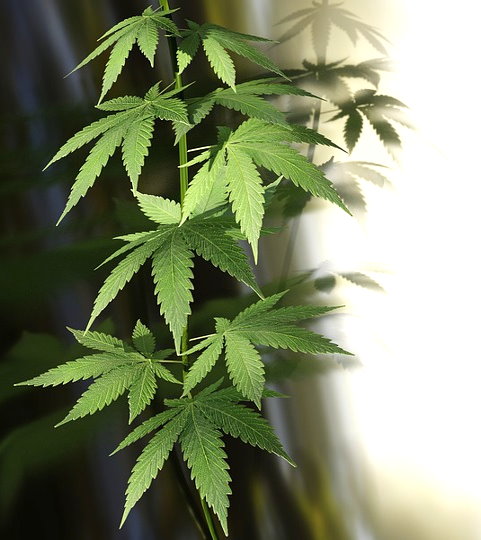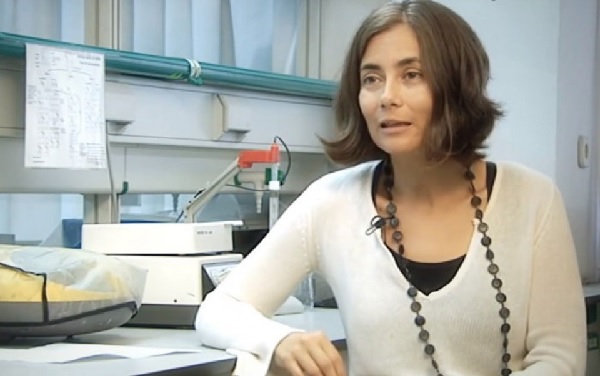Cancer and marijuana: from discussion to panacea

Cannabis was prohibited in the United States and Europe in the thirties of the last century, despite numerous protests by the owners of private clinics and the bewilderment of medical luminaries of that time. According to one version, the hemp prohibition was initiated by the lobby of the heads of wood processing companies because at that time hemp was much cheaper to produce from paper than from wood, as hemp was an annual plant, and the amount of hemp fiber taken from one hectare was much higher per year than that of the forest.
Now they tackle down to hemp in the US and Europe. Historical mistakes have been realized and were decided to be corrected.
Since 1971, cannabis has got a second start in life: government research programs began to revive and spread around the world. And then there had been obtained evidence that THC was the most effective and least harmful mean for nausea and vomiting in cancer. Moreover, it can replace synthetic opiates which are usually prescribed to relieve cancer pain for some patients. By now, marijuana, as a mean that either relieves the cancer symptoms or capable of eliminating cancer cells themselves, has come a tremendous way from the speculations of gloomy single geniuses in medical gowns to an unequivocally recognized fact that is not subject to any doubt.
However, it can be said that a positive impact in fighting against cancer symptoms, such as nausea and lack of appetite, was proven at the turn of the 70s and 80s, when a number of medical shining lights of that time – A.E. Chang, V.S. Lucas, L.E. Orr, S.E. Sallan, etc., who demonstrated in practice that what is well known to almost everyone today – “Yes, it works!”
Despite the almost generalized prohibition to use marijuana, even for medical purposes, science did not stand still, and gradually collected data bit by bit, together with studies conducted almost in basement conditions, brought medical marijuana to a new level by 1998 – from fighting against the cancer symptoms to fighting against the cancer itself. It was then that the landmark work by Christina Sanchez, a young and ambitious biologist from the Complutense University of Madrid, came out. Studying brain cancer cells (which are important for study purpose as they grow faster than normal cell lines), she found that cancer cells die when they exposed to the main psychoactive substance found in marijuana – tetrahydrocannabinol (THC).
Thus, Sanchez, to her own surprise, was fortunate to find the anti-cancer properties of THC. In the same year, 1998, she published an article in one of the peer reviewed European biochemical journals that tetrahydrocannabinol “causes cell death in C6 glioma cells” – an aggressive form of brain cancer.

All subsequent studies that took place in various countries just confirmed that cannabinoids had a direct antitumor effect.
The first clinical studies of THC antitumor effects on humans were carried out by a group of Spanish scientists led by Manuel Guzman. Guzman introduced clean THC through a catheter into tumors of nine hospitalized patients with glioblastomas that could not be treated by standard drugs for the brain cancer treatment. The results were published in 2006 in the British Journal of Pharmacology: in each case, the use of THC was accompanied by a significant decrease in the tumor cells spread.
Approximately at the same time scientists from Harvard University published their fundamental work stated that THC would slow the ordinary lung cancer tumors growth and “associated with reduced tumour-cell proliferation.” Moreover, it was stated that “THC acts like a heat-guided missile – destroys tumor cells selectively while leaving healthy cells intact, while conventional chemotherapy means are extremely toxic and harm the brain and body”.
A series of studies by specialists, such as Sanchez and Guzman, had launched a chain reaction in the medical science world: A number of researchers have obtained grants from the National Institute of Health for the cannabinoids study in search of new drugs for the various types of cancer treatment. One such doctor was Sean McAllister from the Pacific Medical Center in San Francisco. Moreover, to conduct his activities, McAllister managed to get even permission from the Anti-Drug Authority. The results of McAllister’s ten-year work just gave humanity the hope; the hope that cancer is not a sentence, because he discovered that cannabidiol was a non-psychoactive substance contained in cannabis, and it would seriously inhibit the breast cancer cells spread, metastasis and tumor growth.
In 2007, McAllister published a detailed description of how cannabidiol kills breast cancer cells and destroys malignant tumors, disabling the expression of the ID-1 gene, a protein that plays an important role in the cancer cells occurrence.
“The ID-1 gene is active during development at the embryo stage, and then it is disabled. However, in breast cancer and several more types of metastatic cancer, it is activated again, which leads to the malignant cells spread. Dozens of aggressive types of cancer are associated with the expression of this gene”, McAllister explained to the world community, which opened mouths in surprise.
Nowadays there are more than 900 scientific publications demonstrating that phyto-cannabinoids (cannabinoids of plant origin), endo-cannabinoids (those produced in the body) and synthetic cannabinoids – all have the ability to kill cancer cells.
However, in spite of the fact that there provided an evidence confirmed even by the National Cancer Institute, the medical use of cannabis is currently permitted only in Canada, a few states of the USA, Israel, the Netherlands, Spain and some other countries. Whether it is interconnected or not, but Israel was the first country to legalize the medical use of cannabinoids in the cancer treatment, and the most staggering success in the fight against this ailment has been achieved in Israel.
As more and more countries recognize the need to legalize medical marijuana today, scientists are getting more and more opportunities and tools to study the properties of cannabinoids, and even on the basis of the currently available data, one can say that marijuana is the medicine that will make the death sentence to the cancer!

